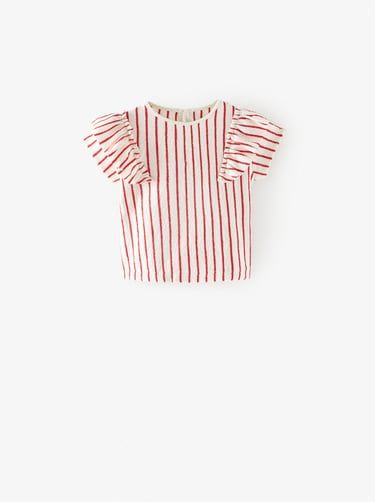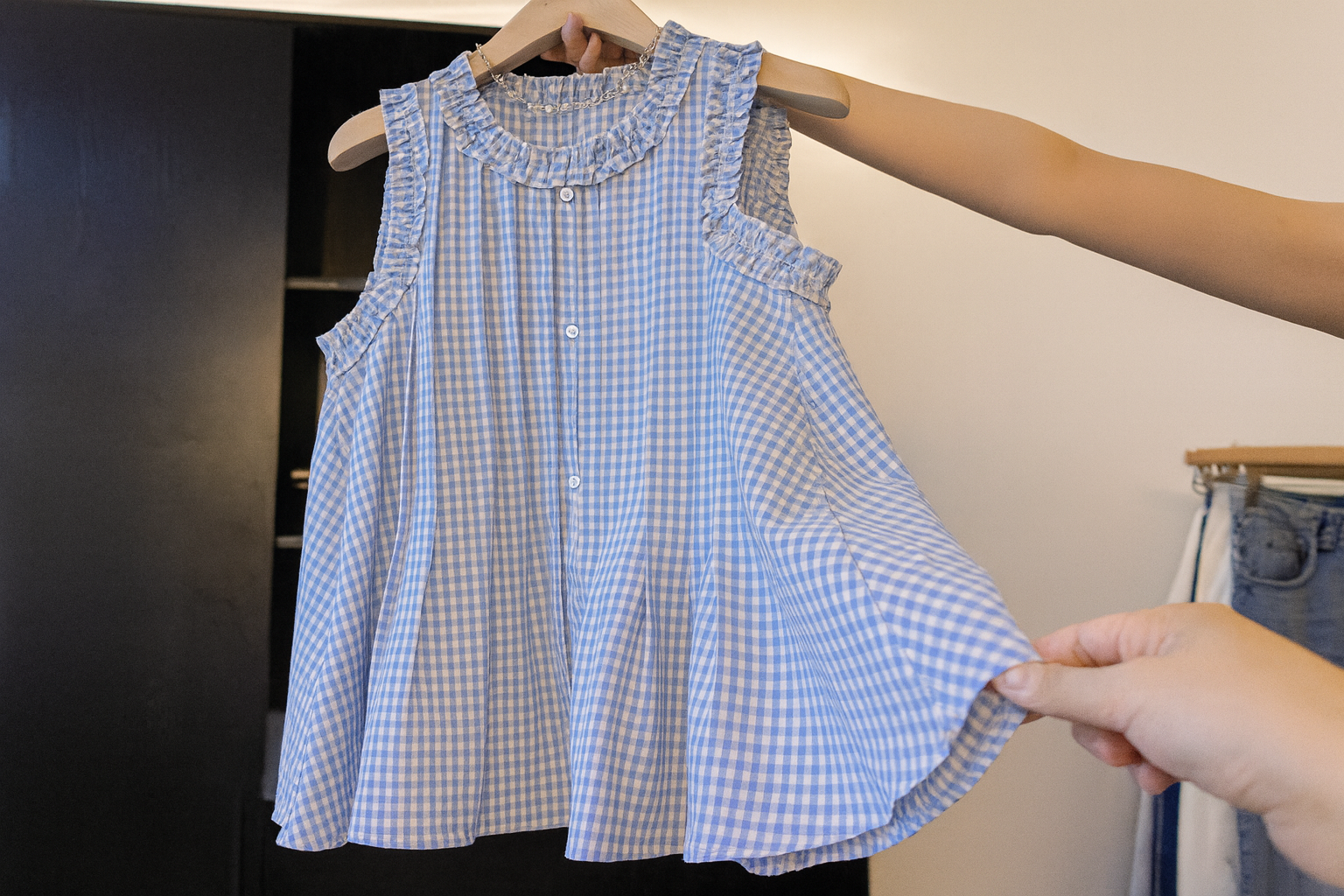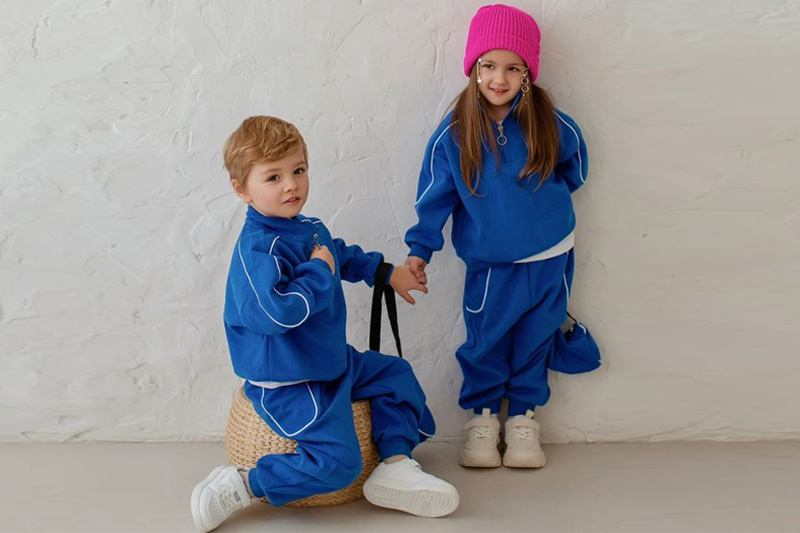When it comes to printing on kids’ clothing, choosing the right method is a big deal. Digital printing and screen printing are two popular options, each with its own perks. Whether you’re launching a small batch or a big collection, understanding their differences can help you make smarter decisions for quality, cost, and style.
Digital printing and screen printing differ in process, cost, color vibrancy, durability, turnaround time, and sustainability. Digital printing is great for small runs and detailed designs, while screen printing excels in bulk orders with vibrant, long-lasting colors.
Let’s explore the key differences so you can pick what’s best for your kidswear brand.
What are the main differences between digital printing and screen printing processes?
Understanding how each printing method works helps clarify their strengths and limits.
Digital printing uses inkjet technology to apply ink directly onto fabric, ideal for complex, colorful designs. Screen printing forces ink through mesh screens, perfect for bold, solid colors and larger runs.
The processes are fundamentally different—digital is like a home printer for clothes, while screen printing is more like a stencil-based art.
How do the costs compare for small runs versus large orders in each printing method?
Budgeting wisely is crucial, especially for startups and small businesses.
Digital printing costs less upfront and suits small batches because it requires minimal setup. Screen printing has higher setup costs but becomes cheaper per unit as order size grows, making it cost-effective for large orders.
So if you want to test a new design or have limited quantities, digital printing makes sense. For big productions, screen printing usually wins on price.
Which printing technique offers better color vibrancy and durability on kids’ clothing?
Kids’ clothes need to be colorful and tough, right?
Screen printing typically delivers richer, more vibrant colors and stands up better to washing and active wear. Digital printing offers detailed, photographic-quality prints but may fade faster over time.
Durability and brightness matter most for kids’ apparel since these garments get a lot of love (and wear).
How do turnaround times differ between digital and screen printing?
Time is often of the essence in fashion and retail.
Digital printing has a quicker turnaround since it doesn’t require setup or screens, allowing faster delivery for small or customized orders. Screen printing takes longer because of the preparation but can handle bulk production efficiently once running.
If you’re working on tight deadlines or small orders, digital printing might save the day.
What printing method is more eco-friendly and sustainable for children’s apparel?
Sustainability is becoming a top priority for many brands and consumers.
Digital printing generally uses less water and produces less waste ink than screen printing. However, screen printing inks can be eco-friendly if water-based or biodegradable inks are used. Both methods can be sustainable if done thoughtfully.
Choosing the right inks and processes is key to reducing environmental impact while keeping quality high.
Dive Deeper: Which Printing Process Fits Your Kidswear Brand Best?
Choosing between digital and screen printing depends on your brand’s priorities and order needs. Let me break down each method further so you can make an informed choice.
Digital Printing: Detail, Flexibility, and Speed
Digital printing is like hitting print on your computer, but on fabric. It sprays tiny droplets of ink directly onto the T-shirt, so you get vibrant, full-color designs without the need for screens or plates.
This makes it a perfect fit for small runs, one-offs, or designs with lots of colors and gradients. For example, if you want to print a colorful cartoon or photographic image on a kids’ tee, digital printing can capture every detail crisply.
But because the ink sits on top of the fabric and soaks in less deeply, colors can fade quicker after many washes. Also, digital printing can be more expensive per piece for large orders because each shirt is printed individually.
Screen Printing: Bold Colors, Durability, and Cost Savings
Screen printing, on the other hand, uses stencils to push thick ink layers through mesh screens onto fabric. This technique shines when printing bold, solid colors and works best for larger quantities.
Because of the thicker ink layers, screen-printed designs tend to be brighter and last longer—perfect for kids who play hard and parents who want clothes to endure wash after wash.
The upfront setup costs are higher since each color requires its own screen. But for orders above a certain size, screen printing becomes much more affordable, making it ideal for brands planning bulk production.
Balancing Time and Environment
If you’re in a rush or running a small boutique collection, digital printing offers fast turnaround times. But if you plan ahead and want durable, cost-effective bulk prints, screen printing fits better.
From a sustainability view, digital printing generally uses less water and creates less waste. However, eco-conscious brands can use water-based inks and sustainable materials in screen printing, narrowing the gap.
Key Factors to Consider
| Factor | Digital Printing | Screen Printing |
|---|---|---|
| Setup Cost | Low | High |
| Best for | Small runs, complex designs | Large runs, simple/bold designs |
| Color Vibrancy | Detailed, photographic | Bold, vibrant |
| Durability | Moderate, may fade over time | High, long-lasting |
| Turnaround Time | Fast | Longer due to setup |
| Sustainability | Generally eco-friendlier | Can be eco-friendly with choices |
For kidswear brands, balancing cost, quality, and order size will guide your print method choice. And remember, both methods can produce amazing results if matched correctly with your design needs.
Conclusion
Both digital and screen printing have unique strengths. For small, detailed runs, digital printing is a great fit. For vibrant, durable bulk orders, screen printing often wins. Understanding these differences helps your kidswear brand deliver style, quality, and value parents trust.



